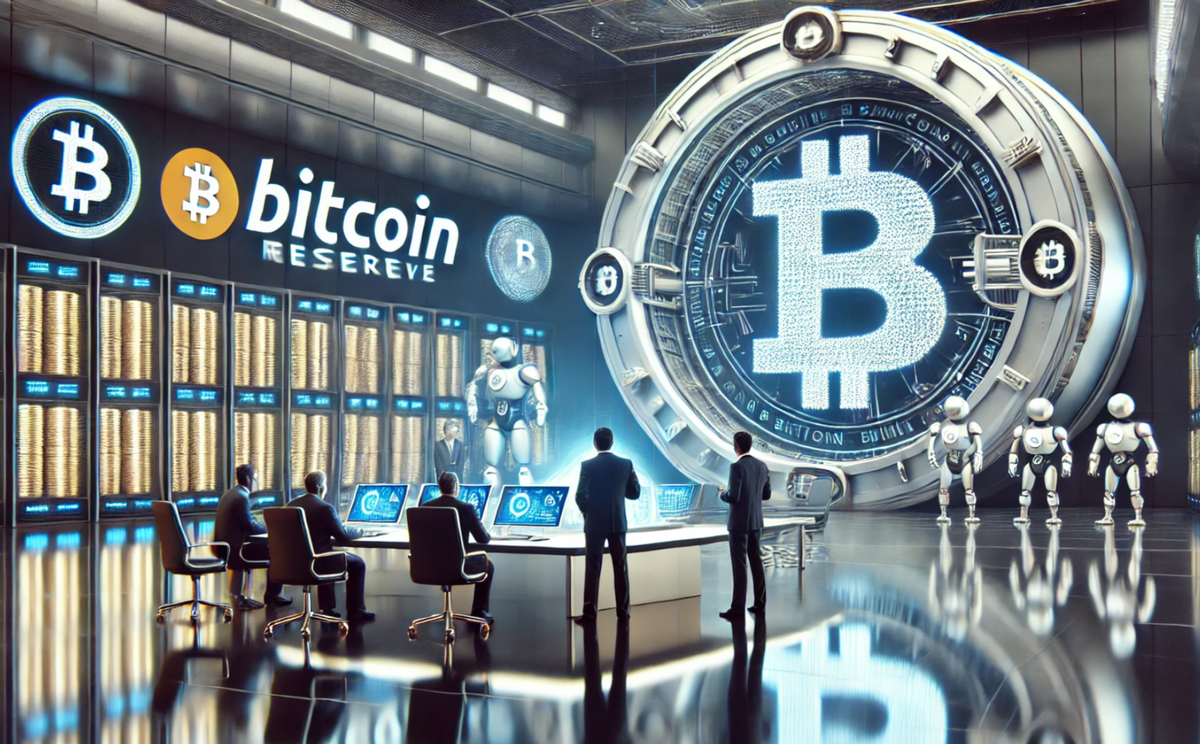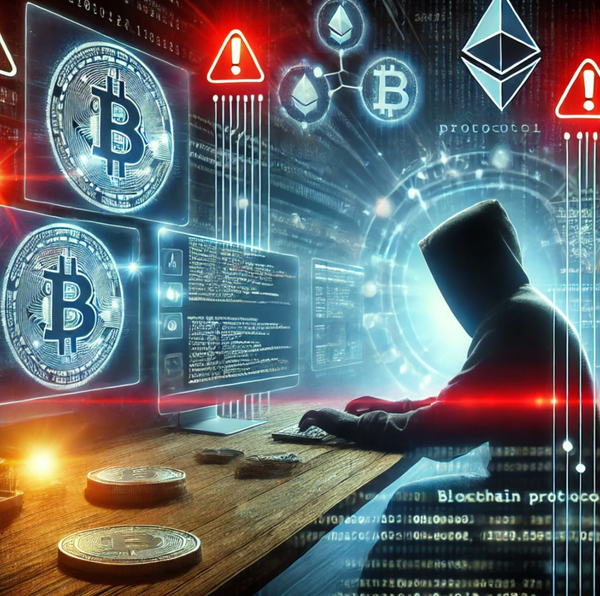Crypto Shake-Up: CZ Calls Out Bots, Bitcoin Reserve Disappointment, and Saylor’s Bold Proposal

Binance’s CZ Urges Musk to Ban Bots, Bitcoin Reserve Plans Face Criticism, and Saylor Pushes for Massive US Bitcoin Accumulation
CZ Calls on Elon Musk to Eliminate Automated Bots from X
Changpeng Zhao (CZ), co-founder of Binance, has once again taken aim at a persistent issue plaguing the crypto community—automated bots on X (formerly Twitter). CZ directly appealed to Elon Musk, urging the billionaire to implement a ban on these bots, which have long been a source of frustration for crypto users.
"I think X should ban all bots. I only want to interact with humans here — not 'automated,'" CZ posted on X on March 9.
These bots, often operated by individuals or large bot farms, manipulate engagement by liking, retweeting, and even commenting on posts in a coordinated manner. Worse still, many of them masquerade as crypto influencers or industry executives, promoting fraudulent schemes such as fake token giveaways, phishing links, and scam airdrops designed to steal funds from unsuspecting investors.
A 2023 study by the Network Contagion Research Institute revealed that coordinated bot attacks have also been used to manipulate cryptocurrency prices, raising further concerns about their unchecked influence in the industry.
US Strategic Bitcoin Reserve Faces Investor Backlash
The recently announced US Strategic Bitcoin Reserve, initially seen as a landmark moment for Bitcoin adoption, has instead sparked disappointment across the industry—highlighting what experts say are unrealistic investor expectations.
President Donald Trump signed an executive order on March 7, outlining that the US government will use Bitcoin (BTC) seized in criminal cases rather than purchasing it directly from the market. Following the announcement, Bitcoin’s price took a sharp 6% dive, dropping from $90,400 to $84,979, according to Cointelegraph Markets Pro.
Anastasija Plotnikova, CEO of blockchain infrastructure firm Fideum, believes the backlash stems from misplaced assumptions about how the reserve would operate.
“It was very clear that the US government could utilize the existing BTC in their possession, aka seized funds,” Plotnikova told Cointelegraph. “It is bizarre to see such a big public disappointment coming from some industry players. Not that long ago, even the idea of a BTC Reserve held and supported by a federal government was revolutionary, and now we see a very solid implementation.”
The government’s decision reflects a cautious approach, aligning with its broader fiscal strategy. Using already-seized Bitcoin rather than purchasing new assets minimizes taxpayer risk while still establishing a foothold in the digital asset space.
Michael Saylor Urges US to Buy Up to 25% of Bitcoin Supply
MicroStrategy founder Michael Saylor is advocating for an aggressive US government Bitcoin acquisition strategy, urging officials to accumulate as much as 25% of the total Bitcoin supply over the next decade.
In a document titled "A Digital Assets Strategy to Dominate the 21st Century Global Economy," Saylor laid out his vision for the US to acquire between 5-25% of all Bitcoin through systematic daily purchases from 2025 to 2035. By that time, 99% of Bitcoin’s total supply will have been mined.
Saylor presented this proposal to President Donald Trump and other high-profile figures at the White House Crypto Summit on March 7. His strategy emphasizes a "Never sell your Bitcoin" policy, predicting that by 2045, the US Strategic Bitcoin Reserve could generate over $10 trillion annually and serve as a "perpetual source of prosperity" for American citizens.
With the US government now officially holding Bitcoin, debates over how to manage and expand its crypto reserves are heating up. Whether policymakers will take Saylor’s advice remains to be seen, but his proposal adds fuel to the ongoing discussion about Bitcoin’s role in the future of global finance.




